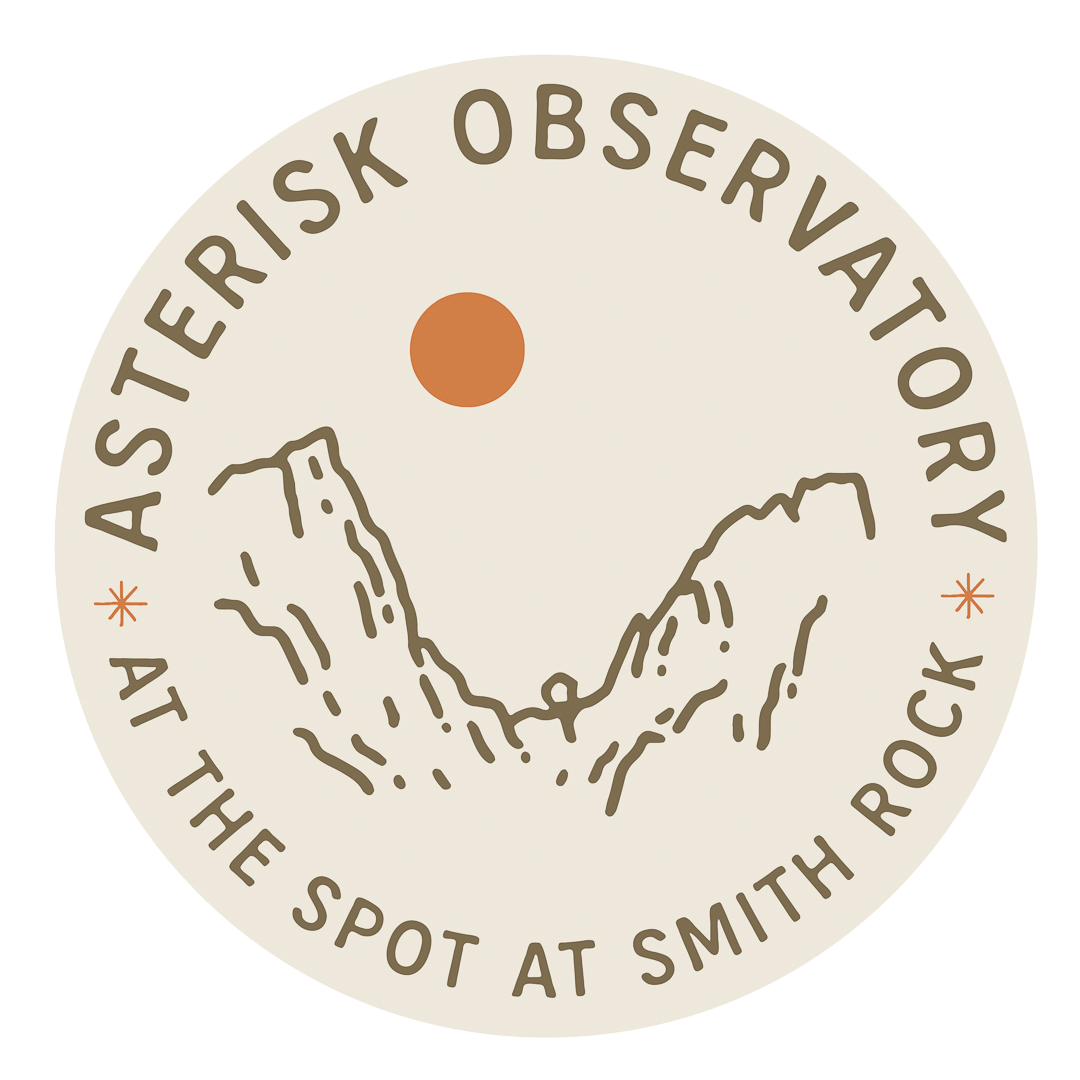May Guest Post: Stars in Our Skies
Authors: Reed Hagen and Georgia West
Located 36 million light-years away, M66 is the brightest galaxy in the constellation of Leo. Photo credit: NASA, ESA and the Hubble Heritage (STScI/AURA)-ESA/Hubble Collaboration.
As the sun climbs higher into the sky with each passing day of spring, it’s starting to get warm enough to really enjoy stargazing without having to bundle up against the cold. And this month’s narrative highlights a prime region of the celestial sphere that hopefully will instill a desire to at least give it an upward glance.
After Ursa Major (the Big Dipper), Leo is the most prominent and recognizable constellation of spring. Its brightest stars are arranged in a way that actually gives shape, in a rudimentary sense, to a lion that the constellation represents. To find it, look for a backwards question mark that symbolizes the beast’s head and mane. The constellation’s bright star, Regulus, dots the reverse question mark, representing Leo’s heart. Finally, a little more than 10 degrees to the east lies a triangle of stars that forms the lion’s hind quarters. Leo stands about 55 degrees above the southern horizon at nightfall.
Besides displaying a pattern of bright stars that is easily recognizable, Leo is further distinguished by the fact that it is a member of the zodiac. The sun passes through 12 constellations (all members of the zodiac, by definition) on its annual journey across the sky. It spends approximately 37 days in the astronomical constellation of Leo each year, from around August 10 to September 15.
Perhaps the best-known myth associated with Leo has to do with the first Labor of Hercules. The vengeful goddess Hera, wife of Zeus, induced a form of temporary insanity upon Hercules that caused him to kill his family. To atone for his crime, Hercules was required to perform twelve feats of superhuman strength. The first of these was to dispatch the Nemean lion, who descended to the earth as a shooting star, terrorizing nearby villages and killing anyone who came too close. Though the beast had an impenetrable hide and razor-sharp claws, Hercules was strong enough to strangle the creature. Zeus placed this king of the beasts (we call him Leo now) back into the sky from where he had originally come. Hercules went on to successfully complete all twelve of his Labors.
Incredibly, Leo contains 832 deep sky objects, a few of which are favorites of many amateur astronomers. Probably the most famous of these is the Leo Triplet, consisting of galaxies M65, M66, and NGC 3628, all located well within one degree of each other. The brightest of these is M66, a barred spiral galaxy that lies about 36 million light-years from the earth. M66 is notable for its outstanding dark dust lanes and bright starburst regions along the spiral arms.
The Eta Aquariids meteor shower peaks on the early morning of May 6 when observers in the Northen Hemisphere may see approximately 10 meteors per hour. Begin looking as the waxing gibbous moon sets just after 3 a.m. These meteors are produced when small particles of rock and ice shed from Comet Halley enter the earth’s atmosphere and are incinerated by the heat of friction.
On the planetary stage, Jupiter and Mars continue to roam the evening skies. Still in Taurus, look for Jupiter low in the western sky at dusk. It will set at 10 p.m. by month’s end. Moving at a faster clip across the sky, reddish Mars continues its eastward journey through Cancer. On May 4 it will move to within one degree of the Beehive star cluster. Venus and Saturn can be viewed just above the eastern horizon an hour before sunrise. Elusive Mercury may be glimpsed even closer to the horizon during the first week in May but drops from the sky during the second week.
Dark sky tip of the month: Make sure to use outdoor lights only when needed. Keeping lights on when you’re not home doesn’t just waste electricity, it also causes light pollution. If you find it hard to remember to switch the lights off, you can use timers that will do this automatically. So, turn the lights down and cast your gaze skyward. Happy stargazing!


